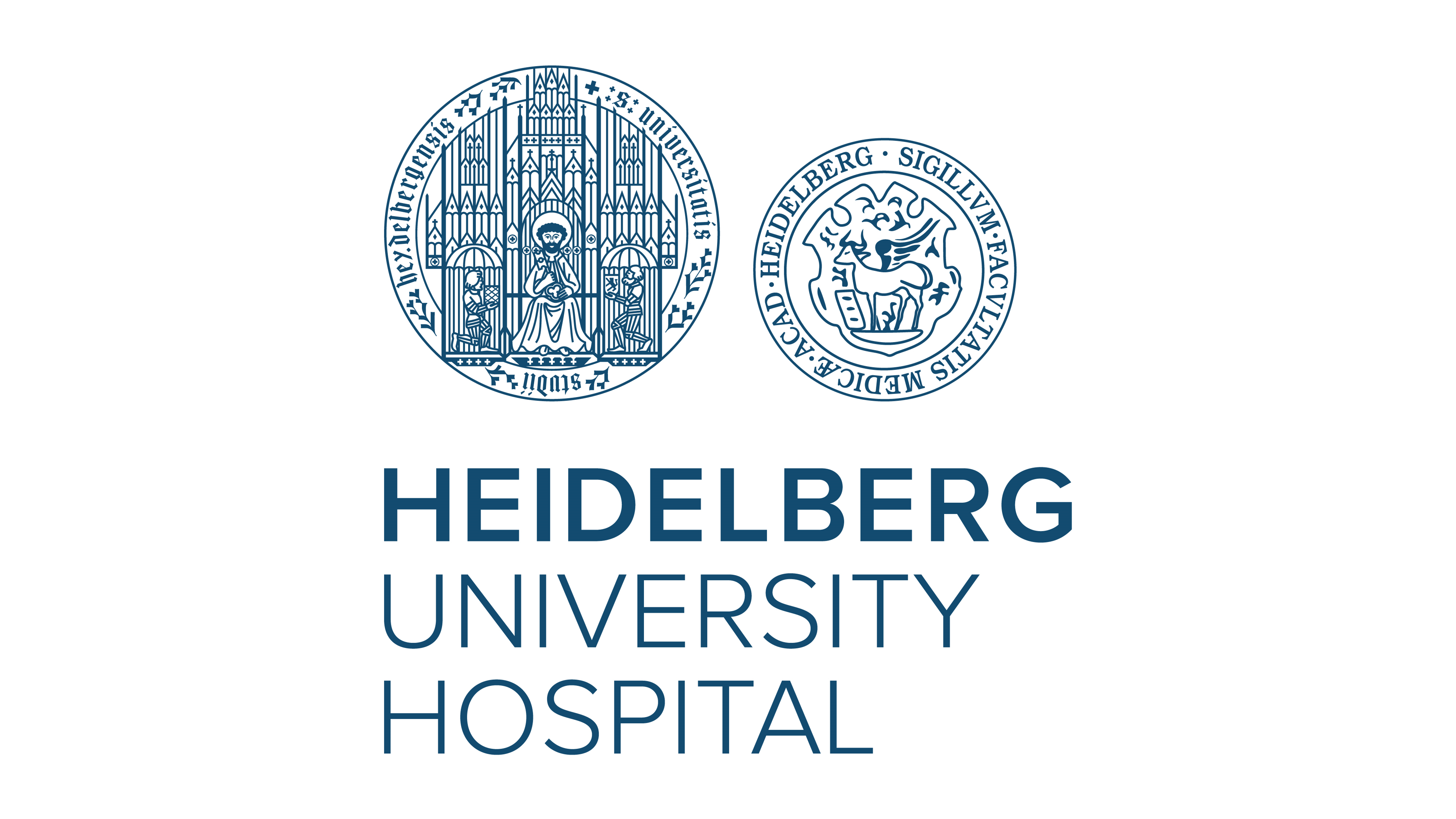Silencing in action: how cells ‘repress’ genomic remnants of ancient viruses

Researchers have identified key cellular control sites that regulate gene expression and prevent the activation of ‘cryptic’ genomic regions, including ancient viral sequences

Summary
- It is crucial for organisms to be able to control which genes are expressed in which cells and when.
- Naturally occurring chemical modifications of DNA-binding histone proteins are believed to play an important role in this process; however, it had been unclear whether they play a causal role in instructing gene expression.
- Researchers from EMBL Heidelberg and their collaborators in EMBL Australia have experimentally shown that certain histone sites act as critical control sites that help prevent the spurious activation of parts of the genome, including sequences derived from ancient remnants of viruses.
For any organism to survive and thrive, its cells must strictly control which genes are active when and where. New research from EMBL Heidelberg’s Noh Group and their collaborators from EMBL Australia sheds light on some of the key control sites that regulate this process, especially with respect to the activity of ancient viral sequences in the genome.
Our genomes are huge – a typical human cell contains DNA with over 6 billion units of information (measured in ‘base pairs’). However, this treasure trove of information poses a challenge when it comes to looking up the right information at the right time to perform a specific function. This is where epigenetic signatures come into play.
If you imagine the genome as a book, epigenetic marks are the highlights on its pages and the notes in its margins. Now, it is not always easy to know whether these marks are ‘instructive’ – i.e. do they tell the cell “Here, read this” or “Don’t read this”? Or are they simply marks left behind by a previous reader, indicating that that portion of the book was visited before?
It was this question that interested Kyung-Min Noh, Group Leader at EMBL Heidelberg, and her team. The researchers decided to focus on a molecule called H3.3, which belongs to a class of proteins called histones. Histones tightly bind to DNA in cells and help form its functional structure.
The H3.3 protein has a couple of spots on its tail (called K9 and K27) that are frequently chemically modified. It is hypothesised that these modifications are epigenetic marks to help the cell make gene expression decisions. However, until now, it had never been experimentally proven that these are true control sites that instruct gene expression.
The researchers decided to experimentally mutate these sites, thus creating a version of H3.3 that could not be chemically modified at these spots. Considering the book analogy above, this created a protected page that could not be highlighted or marked, allowing the scientists to directly explore the consequences of losing such marks.
Moreover, this system allowed the researchers to vary which page was protected, allowing them to draw comparisons between the loss of modifications at one or the other control site.
The scientists found that the mutation of these sites in mouse stem cells not only resulted in defects in cell differentiation, growth, and survival, it also caused spurious activation of genes across the genome. This included genes that should not be expressed in stem cells, such as immune system-specific genes.
This suggested that a normal function of these sites is to maintain those genes in an inactivated – or ‘repressed’ – state, allowing stem cells to remain stem cells. These effects were also different for the two control sites studied, showing that each of them plays a distinct role in gene regulation.
Upon further analysis, the researchers found that some of these regions, which are typically repressed but were activated upon mutating the histone sites, are ancient remnants of viruses that have integrated into our genomes.
“These regions are also called endogenous retroviruses (ERVs),” explained Matteo Trovato, the study’s first author, a former PhD student in the Noh group, and currently a postdoc at IFOM, Italy. “Throughout evolution, they have been co-opted by the host’s genome to exert regulatory functions. In immune cells, for example, 30% of the enhancers (a specific type of regulatory DNA element) are derived from ERVs.”
The researchers found that by modifying the K9 site in stem cells, many such ‘cryptic’ enhancers – regulatory DNA regions that are normally silenced – became active.
“Repression of these unique genomic regions is crucial for preserving the cell’s gene expression program balance,” said Noh. “Activation of the cryptic enhancers triggers a widespread rewiring of the gene regulatory network, ultimately impacting stem cell identity and functionality.”
The study was carried out in collaboration with Chen Davidovich’s group at EMBL Australia, Benjamin Garcia’s lab at Washington University in St. Louis, and Judith Zaugg’s team at EMBL Heidelberg. The results were recently published in the journal Nature Communications.
“This is one of the first few studies conducted in a mammalian system showing that these histone residues play a causal role in gene regulation,” said Noh. “Understanding this process could have broader implications for developmental biology and disease research, particularly in cancer and neurological disorders, where gene regulation plays an essential role.”
Source article(s)
Histone H3.3 lysine 9 and 27 control repressive chromatin at cryptic enhancers and bivalent promoters.
Trovato M., et al.
Nature Communications 30 August 2024
10.1038/s41467-024-51785-w




